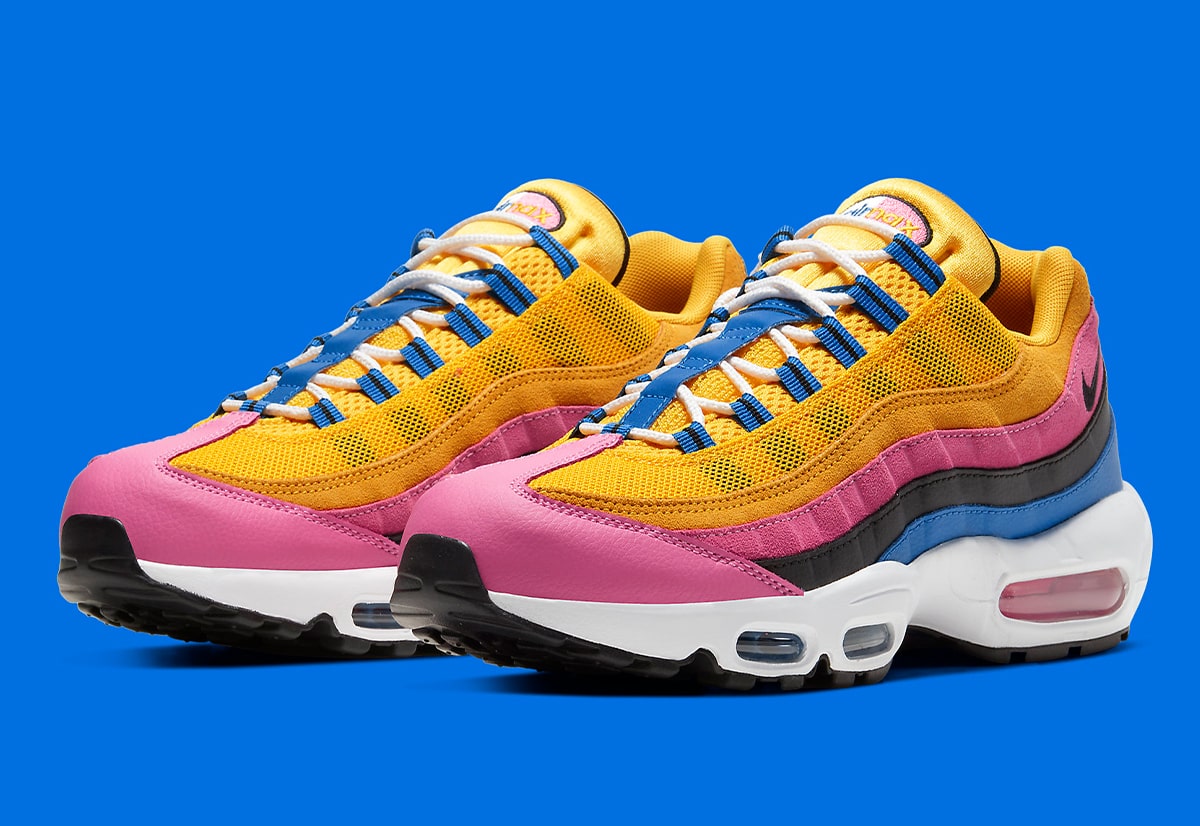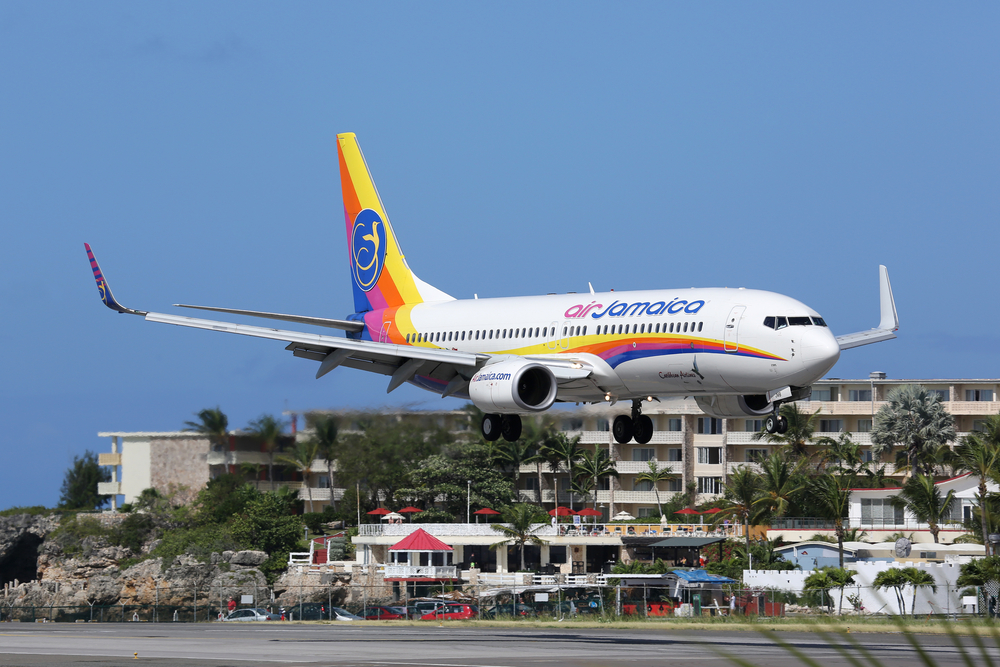
Users of social media wonder whether Nike has designed a sneaker using the colors of Air Jamaica to honor the island nation. Air Jamaica had its origins in a decision by the Jamaican government to forego investment in British West Indian Airways (BWIA) in 1963. The move also emphasized Jamaica’s status as an independent country following its exit in 1962 from the colonial rule of the United Kingdom. The airline’s operations were ended in 2010 when Caribbean Airlines acquired its fleet after the Jamaican carrier suffered a series of setbacks culminating in a final downturn in its fortunes after the 9/11 terrorist attacks in New York.

There is no doubt that the colors of Nike’s “Air Max 95 University Gold/Pinksicle” sneaker are very similar to the colors used to distinguish Air Jamaica’s planes from competitors. In fact, Air Jamaica was known as much for its bright colors as for its slogans, “One Vision, One Caribbean, One Airline” and “Feel it when you fly.” By using the airline’s signature colors, Nike may pairing its own history of innovation with the unique characteristics and strongly independent quality of Jamaican culture. It should also be noted that the originator of the Air Max line was an aeronautical engineer who worked for NASA.
Nike’s Air Max line is one of the favorite footwear product lines from the legendary sportswear brand. The Air Max has been credited with changing the entire scope of the footwear world with each successive design release, and while the shoes present interesting variations, the stories behind their creation are fascinating as well.
Nike began cushioning the soles of its shoes with air with the 1978 Nike Tailwind. The man behind the idea was aeronautical engineer Frank Rudy, who was inspired to put air in a shoe by work he was performing for NASA. In 1987, a designer with training as an architect and the emblematic name of Tinker Hatfield was inspired by the inside-out approach of the architecture of the Centre Pompidou in Paris in which the building’s structure was wrapped around its exterior. This prompted Hatfield to expose the sneaker’s inner workings through the inaugural Air window feature.
Between 1987 and 1995, Nike designers continued to tweak the concept until Tinker Hatfield challenged them to tell him the story behind a design. Designer Sergio Lozano, watching the rain out his office window one day, imagined how the water eroded the landscape and made the strata below visible. He then considered the anatomy of the foot, its layers of muscle fibers and flesh, caused the idea of layers to resonate even more fully. Lozano’s thought progression manifested in the gradient of panels on the upper portion of the Air Max 95. The Air Max 95 continued on in a lifestyle-inspired direction, and successive iterations brought forth the shoe’s signature colorway feature.
Both Air Jamaica and the Nike Air 95 represent classic examples of independent style and the risks and rewards of creative innovation, so it would be fitting if Nike had tipped its corporate hat to the Jamaican airline by utilizing its bright and positive color scheme.







